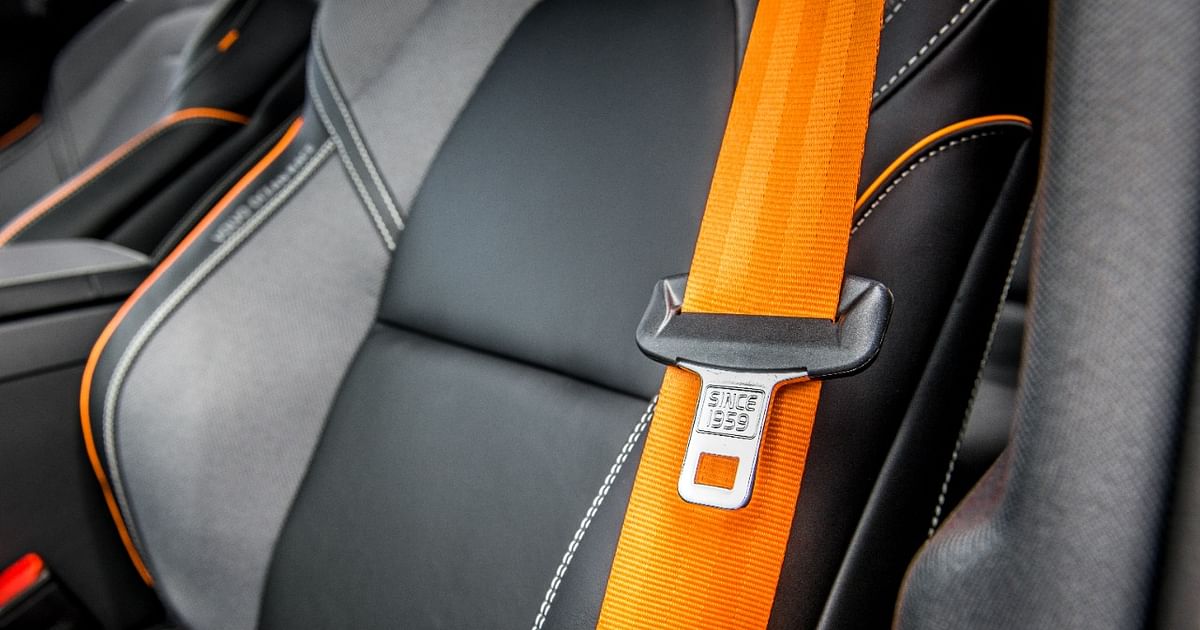[ad_1]
Dr Mathew Varghese: It’s amazing! You asked me how close we are to the science? We are far away from science when it comes to policy. The policymakers do not understand the details.
In this crash [Cyrus Mistry], the emphasis is all about seatbelts. People not wearing seatbelts is being highlighted. So, you will have a law enforcing seat belts in the back seat, which is good. But, it is already recommended by the law, only it is not enforced. It is good that it will, now, be enforced. But is that the only reason why the person died? No. That is not the reason and that’s what needs to be understood. We have a victim blaming going on here that he didn’t wear the seatbelt. Therefore he died.
No one deservers to die due to his errors of commission and omission. That understanding is what is needed in traffic safety. In traffic safety everybody on the road, inside a vehicle or outside a vehicle needs to be protected. How do you protect them? Not by changing behaviour.
High income countries such as Europe and the U.S. have all tried education to change behaviour. But changing human behaviour is very difficult. People say it is easy, but it’s not easy. Education leading to behaviour change, leading to safety, is a low-low win game. Actually, you cannot win that game. You cannot get safety by education.
Educating and enforcing people to wear seatbelt does not guarantee safety. What happened that day is happening every day. Not only with vehicles with seatbelts but with motorcycles, with non-motorised people. Getting on road means interacting with speed differentials.
In Delhi or Mumbai or any metropolitan cities you have three lanes narrowing onto two lanes and a divider in between. Or there is this wide road narrowing down and a divider in between. These dividers are supposed to be forgiving, but instead they are made of reinforced concrete. Nobody is supposed to jump over it. Why it should not be a forgiving environment? It should have been a softer cushioning. The signages, too, are always just at that interjection.
Go to any high-income country, the signage starts one kilometre away. ‘Exit 213, one kilometre down the line’; ‘Exit 213, half a kilometre down the line’; ‘Exit 213, 200 metres down the line’; and so on. There is enough warning on the road. That is how the road, the environment, the infrastructure is designed. But, the speed encouraged is 100-120 kilometres per hour. At that speed, if you crash there is very little anyone can do.
There is a need to have traffic [???] at interaction between high speed and non-motorised traffic, between high speed and traffic infrastructure. That is what is important.
It is important to understand that road safety is not a commonsense science. It is hardcore science.
Only experts should decide what is to be done. In this particular situation, there is full investigation which will guide you to all the mistakes there are—not just at the place of accident—but all over the country.
[ad_2]
Image and article originally from www.bqprime.com. Read the original article here.

